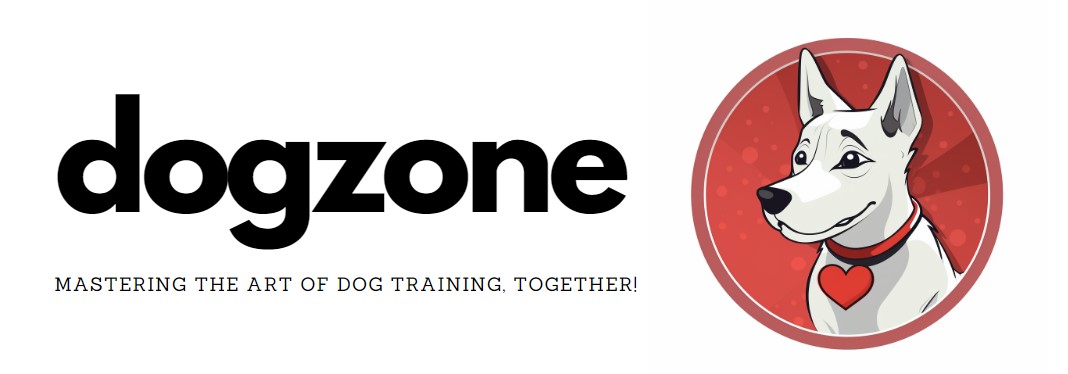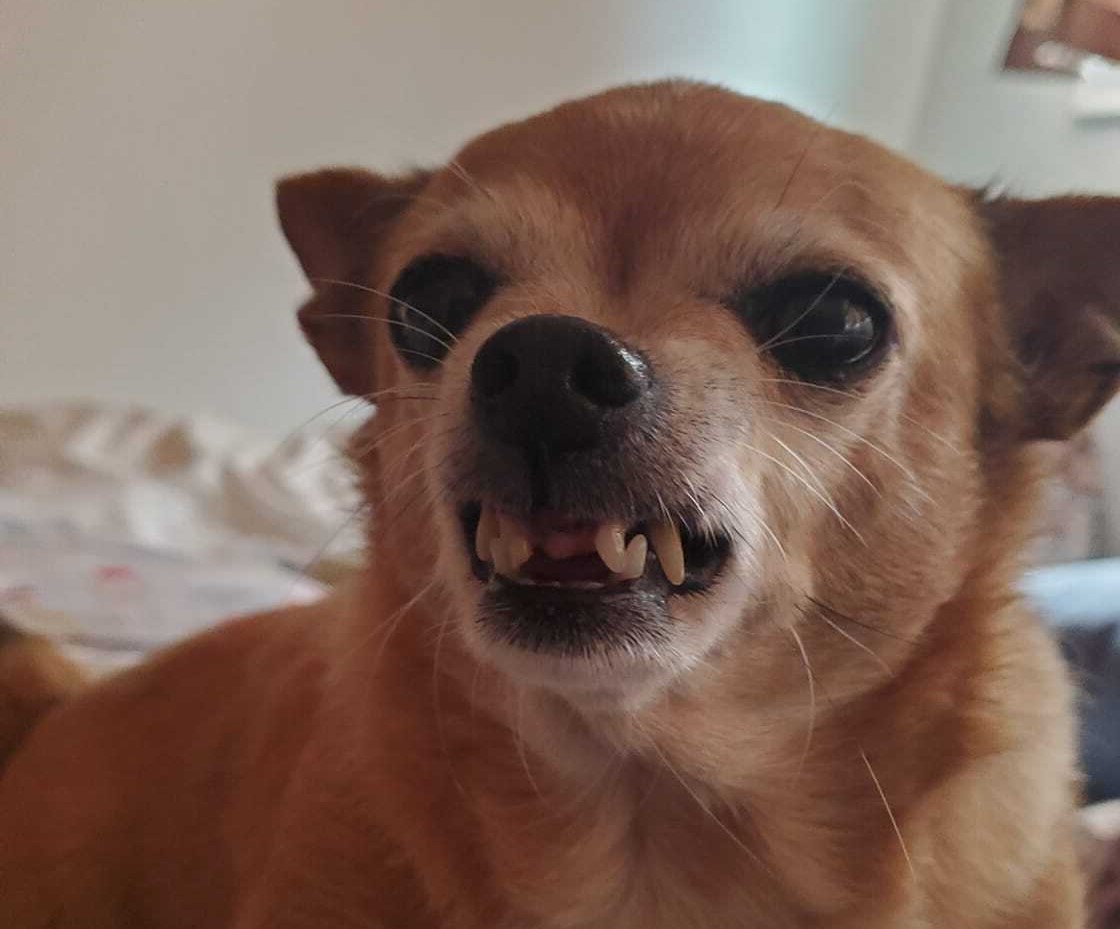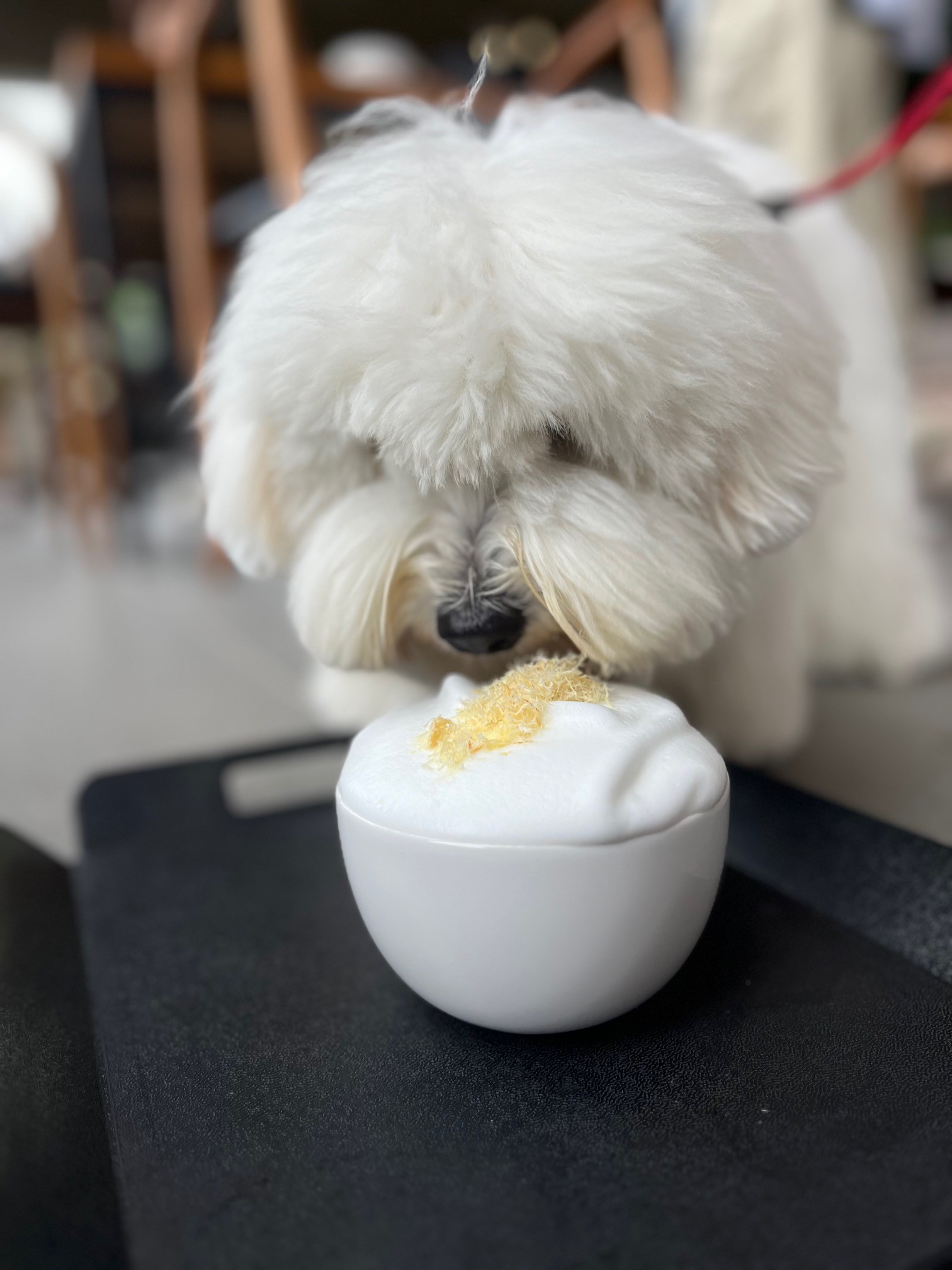You probably can’t imagine your dog attacking someone, or even being attacked. It’s not something we want to think about.
But what would you do if your dog attacked another person? Or worse, a child?
Or what should you do if you’re attacked by somebody else’s dog?
It’s a sad fact that dog attacks happen, and often unexpectedly. If your dog has been attacked by another dog in the park, it’s common to hear the other owner explain “OMG, that’s so unlike Snoochems, she’s always so cuddly”.
Let’s take a look at the reasons dog attacks happen, and how you can not only minimise the chance of being attacked, but minimising the chance of injury in the event of an attack.
Related: How to understand dog body language (essential for all dog owners).
Why do dogs attack children?
First things first, lets cover the worst case scenario – a child being attacked by a dog. Why do dogs attack children?
Understanding the world from the point of view of your dog is a good place to start. It helps us understand why a dog would attack.
Some breeds of dog have a natural prey instinct, others don’t. This prey instinct is often buried deep in the psyche of most dogs and may only surface when a child is running a dog giggling or screaming.
The dog may not attack at this stage, merely be unnoticeably on edge. Then, if the same child makes a sudden move towards the dog to give him a “cuddle”, then dog will feel under attack, and defend himself. This is just one scenario which can create a situation where a child gets hurt by a dog that under any other circumstances would have ignored her.
Is your dog used to children?
Do you have a child yourself?
Usually our children are comfortable with our own dogs, they will readily approach unknown dogs expecting them to have the same temperament.
Being aware of how a seemingly normal situation may be perceived by your dog is vital if you are to prevent an attack.
Parents who do not own a dog also have a responsibility to ensure their children know how and when to approach a strange dog.
A note on Greyhounds (ex-racing dogs)
Ex-racing Greyhounds are beautiful family members, often calm and loving in demeanor. We forget in their younger years they were training to chase a lure, and fail to realise a lure isn’t much different from a child in the park.
I was walking a Greyhound once, minding my own business, when all of a sudden the dog lurched towards a passing girl. I hadn’t noticed she had a teddy bear, and I didn’t expect the reaction from the dog. It only takes a moment.
Related: Adopting a Greyhound
Important tips for parents to prevent your child being attacked by a dog
We tend not to realise our children are overly comfortable with our dog. In turn our dogs are used to our children.
Does your child see other dogs as friendly as your own dog?
As a parent, whether you own a dog or not, you should teach your children to use caution around any dogs. Here are some tips:
- Teach your child to NEVER approach a strange dog on or off the leash.
- The first approach should be to the owner to ask permission.
- NEVER allow your child to put her hand over the dog’s head as a first contact.
- ALWAYS offer the back of the hand so the dog can sniff. This is preferable to the front of the hand because if the dog does bite he will be able to get hold of the child’s fingers. It is harder to bite the back of a hand.
- Ensure your child is not holding sweets or any type of food in the vicinity of dogs.
- Gauge a dogs reaction to the initial contact. If you are not happy with the reaction tell your child to come away without causing fear.
What should you do in the event of a dog attack?
If a dog starts to chase or attack you or a child, and you are unable to get to certain safety, here are some thing you can do which may neutralise the situation or minimise any injury:
- DO NOT RUN – stand perfectly still and turn your back on the dog.
- Put your hands in front of you, make yourself and thin as possible.
- If the dog runs around to the front of you continue turning so you keep your back to him.
- If the dog attempts to bite you rather than just jump at you, curl yourself up into a small ball, on the ground with your face protected by your body. Keep your arms and legs tight to your body.
- Call for help, but try to avoid screaming and definitely do not wave your arms about.
The aim of these defensive measures are to make yourself as unappealing to the dog as possible. If he perceives you as a threat, by putting yourself into a ball position you will pose no threat to the dog, and there will be less parts of your body can easily bite.
Ultimately, the aim of parent or dog owner should be to never put your child or your dog in a position which could initiate an attack.
Please use caution with your own dogs and others dogs, and your children as well!
Have you or your children been attacked by a dog? Has your dog attacked another person or child?




Leave a Reply